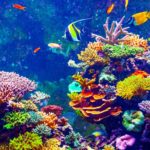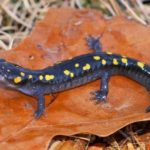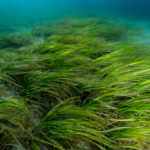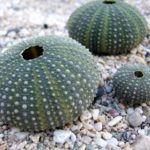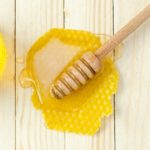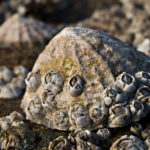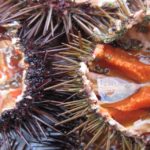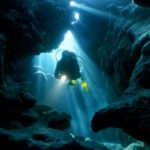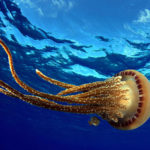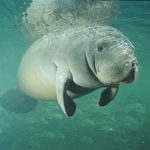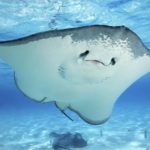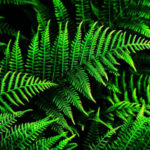What do coral eat ?
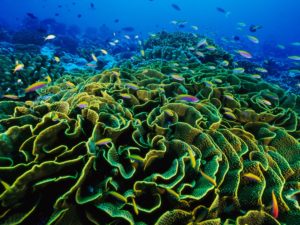 Corals have developed several unique ways of feeding – they get nutrients from symbiotic algae, catch suspended particles, such as plankton, and absorb dissolved substances in water. A proper understanding of these processes helps to grow corals properly.
Corals have developed several unique ways of feeding – they get nutrients from symbiotic algae, catch suspended particles, such as plankton, and absorb dissolved substances in water. A proper understanding of these processes helps to grow corals properly.
Corals are charming animals, despite the fact that their structure seems simple, these ancient organisms are very complex. This is also true of their diet, scientists have learned a lot about the coral diet over the last decades. Despite the fact that symbiotic algae supply energy to many species, corals also require building materials for growth. Scientists express this in a general way: “A full coral is a happy coral.” The validity of this expression is verified by time.
This review will discuss the main sources of coral nutrition and their decisive role in the existence of these marine invertebrates.
Live forms on the Earth are always classified by biologists into systematic groups, based on appearance (eg birds and mammals), behavior (day or night) or on the characteristics of cells (plant and animal cells). The fourth way of differentiation by metabolism, which can be autotrophic or heterotrophic. These terms are commonly used in marine biology, especially when it comes to bacteria. Autotrophy implies that the body uses inorganic molecules, such as CO2, and hydrogen carbonates, to build organic, such as carbohydrates.
An example is a plant that converts CO2 to carbohydrates by means of solar energy, or sulfur bacteria, which uses the chemical energy of sulfur, to convert CO2 to organic. For plants, we call this photoautotrophism (photo: light, auto: himself and trophy: nutrition), and for bacteria, in this case, chemoautotrophism (chemo: chemical reaction). Another term for photoautotrophy is photosynthesis, and for chemoautotrophism, chemosynthesis. Autotrophic organisms are also called primary producers. They are the first link in the food chain, producing biomass from inorganic molecules.
